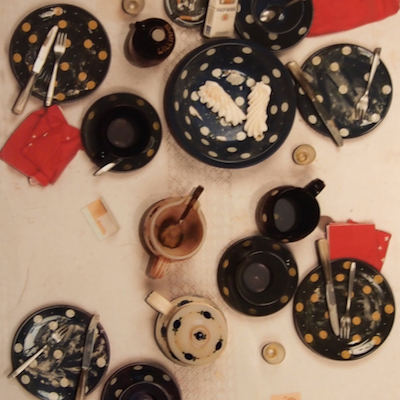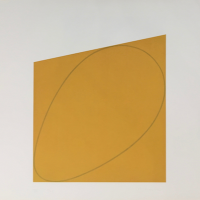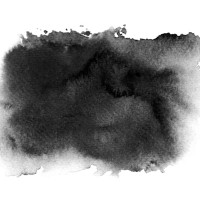
What is Nouveau Realism?
Artistic movement that was founded by Pierre Restany, an art critic in 1960 together with the painter Yves Klein during a collective exposition at a gallery in Milan. The original manifesto was written by Pierre Restany and proclaimed Nouveau Realisme in April 1960. The declaration was later signed in October the same year by a goup of nine people namely Martial Raysse, Yves Klein, Daniel Spoerri, Jean Tinguely, Arman and Pierre Restany together with the three Ultra - Lettrists, Jacques de la villegle, Francois Dufrene and Raymond Hains. Later, in 1961, these were joined by Mimmo Rotella, Niki de Saint Phalle, Gérard Deschamps and César
Artwork by Daniel Spoerri- Show All
- Established
- Discoveries
ARTWORKS RELATED TO NOUVEAU REALISM
Jean Tinguely
Fontaine Joe Syffert from Eight by Eight, 1984
Limited Edition Print
Screen-print
USD 1,300























